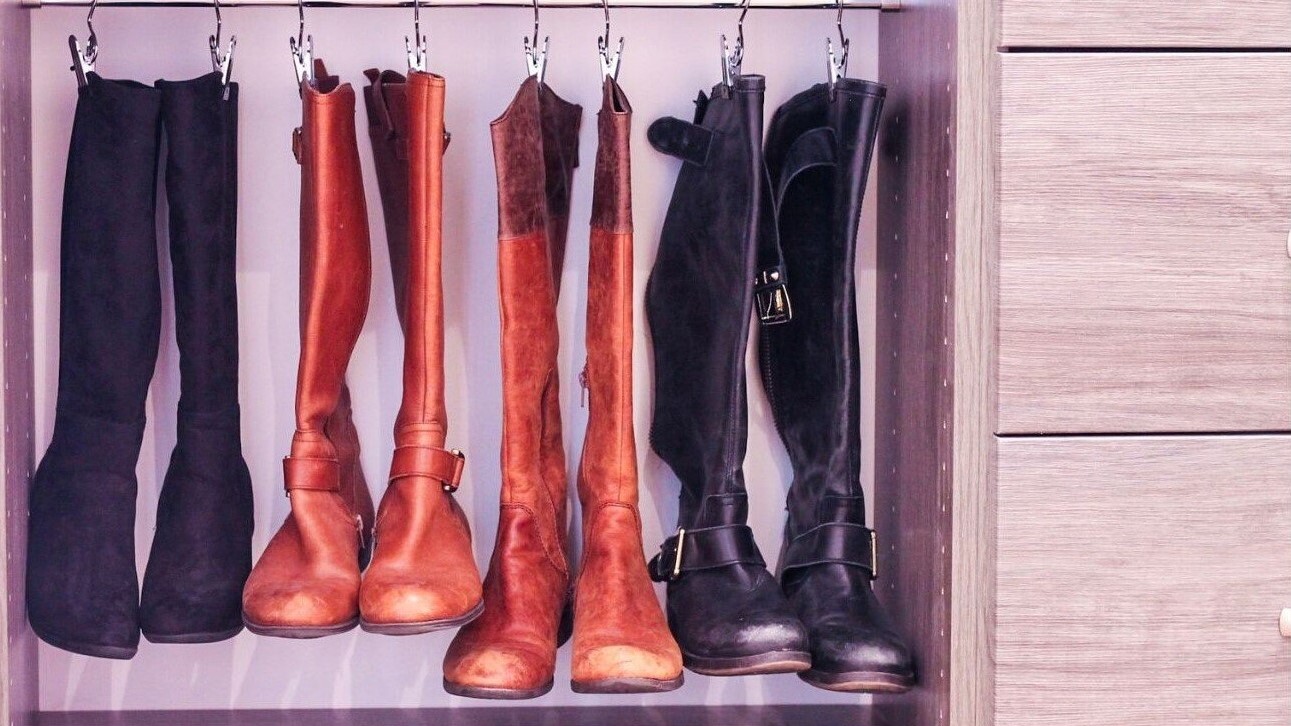

Articles
How To Store Boots In Closet
Modified: February 23, 2024
Looking for articles on how to store boots in your closet? Find practical tips and organization ideas to keep your boots in top condition and maximize space.
(Many of the links in this article redirect to a specific reviewed product. Your purchase of these products through affiliate links helps to generate commission for Storables.com, at no extra cost. Learn more)
Introduction
When it comes to organizing your closet, one of the most challenging items to store properly is boots. Unlike other types of footwear, boots require a specific storage solution to maintain their shape and prevent damage. Whether you have a collection of ankle boots, knee-high boots, or over-the-knee boots, finding the right storage method will ensure that they remain in excellent condition and are easily accessible when you need them.
In this article, we will provide you with a comprehensive guide on how to store your boots in a closet. By following these steps, you can keep your boots neatly organized, protect them from dust and damage, and maximize the available space in your closet. From cleaning and preparation to utilizing various storage solutions, we will cover everything you need to know to maintain your beloved boots.
So, if you’re tired of rummaging through a messy pile of boots every time you need the perfect pair to complete your outfit, let’s dive into the world of efficient and stylish boot storage!
Key Takeaways:
- Keep your boots in top condition by cleaning, organizing, and utilizing storage solutions such as inserts, shapers, hanging storage, boxes, over-the-door storage, and boot racks. Maximize space and maintain an organized closet for easy access to your beloved boots.
- Protect your boots from damage and maintain their quality by storing them in a cool, dry place, rotating pairs, using protective materials during travel, and considering professional storage services for delicate boots. With proper care and organization, your boots will remain in excellent condition for years to come.
Read more: How To Store Boots In Small Closet
Step 1: Cleaning and Preparation
Before you start storing your boots in the closet, it is essential to clean and prepare them properly. This step ensures that your boots stay fresh, free from dirt, and maintain their shape while in storage.
Here’s how you can clean and prepare your boots:
- Dust off any dirt: Use a soft brush or microfiber cloth to gently remove any dirt or debris from the surface of your boots. Pay attention to the seams, crevices, and soles.
- Wipe with a damp cloth: Dampen a cloth with water and gently wipe the exterior of the boots to remove any stains or marks. Avoid saturating the boots with excess water, as it can damage certain materials.
- Condition the leather: If your boots are made of leather, invest in a high-quality leather conditioner. Apply a small amount onto a clean cloth and rub it gently into the leather to moisturize and restore its natural shine.
- Air dry thoroughly: After cleaning and conditioning, allow your boots to air dry completely before storing them. Avoid using direct heat sources, such as hairdryers or radiators, as they can cause the leather to crack or warp.
Once your boots are clean and dry, it’s time to move on to the next step: organizing boot storage.
Step 2: Organizing Boot Storage
Proper organization is essential when it comes to storing boots in your closet. By organizing them effectively, you can save space and make it easier to find the perfect pair for any occasion. Here are some tips on organizing your boot storage:
- Categorize your boots: Start by categorizing your boots based on their type, such as ankle boots, knee-high boots, or over-the-knee boots. This will help you to identify suitable storage solutions for each category.
- Separate boots from shoes: Consider separating your boots from your regular shoes. Boots have a different structure and often require more space. Keep them in a separate section of your closet or dedicate a specific area just for your boot collection.
- Arrange by frequency of use: Place the boots you wear most frequently within easy reach. For example, if you wear ankle boots more often than knee-high boots, keep the ankle boots in a more accessible location in your closet.
- Utilize vertical space: Make the most of your closet’s vertical space by using boot hangers or hooks. Hang your knee-high or over-the-knee boots upside down to prevent them from slouching and losing their shape. Ensure that the hangers or hooks are sturdy enough to support the weight of the boots.
- Consider the boot shaft height: If you have different heights of boots, consider storing them on different shelves or compartments. This will prevent shorter boots from getting lost or overshadowed by taller ones.
By organizing your boot storage effectively, you can keep your closet neat and make it easier to find the boots you need without any hassle.
Step 3: Utilizing Boot Inserts
Boot inserts are an excellent tool for maintaining the shape and structure of your boots while they’re in storage. These inserts help prevent creasing, bending, and sagging, ensuring that your boots look their best when you’re ready to wear them again. Here’s how you can use boot inserts:
- Select the right boot inserts: Look for boot inserts that are specifically designed for the type of boots you have. There are inserts available for ankle boots, knee-high boots, and even over-the-knee boots. Choose inserts made from lightweight and durable materials that won’t stretch or damage your boots.
- Insert the boot inserts: Slide the boot inserts into your boots, making sure they go all the way to the toe. They should fill out the entire boot shaft and maintain its upright position. For ankle boots, choose shorter inserts that fit snugly inside.
- Adjust for a perfect fit: If the boot inserts are too long for your boots, you can trim them down to size using a pair of scissors. Be careful not to cut too much, as you still want the inserts to provide enough support and structure.
- Store the boots with inserts: Once the boot inserts are in place, you can store your boots upright or laying flat. If storing them upright, make sure they are secure and won’t topple over. If laying them flat, stack them with gentle care to avoid crushing the boots underneath.
By utilizing boot inserts, you not only maintain the shape of your boots but also minimize the chance of damage and extend their lifespan. They are particularly beneficial for leather boots or boots made from materials prone to creasing.
Step 4: Utilizing Boot Shapers
In addition to boot inserts, boot shapers are another useful tool for maintaining the shape of your boots during storage. Boot shapers provide support and structure to the entire boot, preventing it from sagging or developing creases. Here’s how you can utilize boot shapers:
- Select the appropriate boot shapers: There are various types of boot shapers available, including plastic, foam, and inflatable options. Choose a style that suits your preferences and the specific needs of your boots.
- Insert the boot shapers: Insert the boot shapers into the shaft of your boots, ensuring that they reach all the way to the toe. The shapers should fill out the boots completely, maintaining their upright position.
- Adjust as necessary: Some boot shapers may come in adjustable designs that allow you to customize the fit to your boot’s shape. Adjust them accordingly to ensure a snug and secure fit.
- Store the boots with boot shapers: Once the boot shapers are in place, you can store your boots upright or laying flat. If storing them upright, make sure they are well-balanced and won’t tip over. If laying them flat, stack them carefully to avoid crushing the boots.
Using boot shapers not only helps maintain the shape of your boots but also improves airflow inside the boots, reducing the risk of mold and mildew. They are especially beneficial for taller boots, such as knee-high or over-the-knee styles, which are prone to sagging.
Read more: How To Store Boots
Step 5: Hanging Boot Storage
Hanging your boots is a clever storage solution that saves space and keeps them easily accessible. By utilizing hanging boot storage, you can prevent your boots from getting crushed or damaged. Here’s how you can effectively hang your boots:
- Invest in boot hangers: Look for boot hangers specifically designed to hang boots. These hangers typically have a clip or hook that holds the boots in place without causing damage.
- Secure the boots on the hangers: Place the hanger inside the boot shaft, ensuring that it reaches all the way to the top. Use the clip or hook to secure the boots in place.
- Hang the boots: Find a suitable space in your closet to hang the boots. You can use a clothing rod, a sturdy hook, or even a designated boot rack. Make sure the area is free from excessive moisture or direct sunlight to prevent any potential damage.
- Organize the hanging boots: Arrange the boots based on their type or how often you use them. This makes it easier to find the pair you want without having to dig through a pile of boots.
- Consider protecting the boots: To provide additional protection, you can use boot covers or plastic bags to shield the hanging boots from dust or other elements. Make sure the boots are clean and dry before covering them.
Hanging boot storage not only keeps your boots in good condition but also saves valuable floor space in your closet. It allows you to utilize the vertical space effectively and adds a stylish touch to your storage solution.
To store boots in a closet, use boot shapers or stuff them with rolled-up magazines to maintain their shape. Store them upright to prevent creasing and use boot racks or shelves to keep them organized and easily accessible.
Step 6: Storing Boots in Boxes
If you prefer a more organized and space-efficient storage option, storing your boots in boxes can be a great solution. This method keeps your boots protected from dust, light, and potential damage. Here’s how you can store your boots in boxes:
- Gather sturdy and spacious boxes: Look for boxes that are large enough to accommodate your boots without squishing them. Opt for sturdy boxes that can withstand stacking and offer protection.
- Prepare the boots: Ensure that your boots are clean, dry, and in good condition before storing them. Stuff them with acid-free tissue paper or boot inserts to maintain their shape.
- Wrap the boots individually: For added protection, consider wrapping each pair of boots in acid-free tissue paper before placing them in the box. This helps prevent scuffs and scratches.
- Arrange the boots in the box: Place the wrapped boots inside the box in an upright position. Avoid stacking the boots to prevent any crushing or damage. If you need to stack the boxes, label them clearly for easy identification.
- Add silica gel packs: To control moisture and prevent mold or mildew, consider including silica gel packs inside the box. These packs help absorb excess moisture and maintain a dry environment.
- Seal and store the boxes: Once the boots are properly arranged inside the boxes, seal them tightly to keep out dust and light. Store the boxes in a cool, dry, and well-ventilated area of your closet or under the bed.
Storing boots in boxes not only protects them from potential damage but also helps you maximize space and maintain an organized closet. Additionally, it allows you to stack multiple boxes, making it easier to store and retrieve your boots as needed.
Step 7: Utilizing Over-the-Door Storage
When it comes to clever and space-saving boot storage, utilizing over-the-door storage options can be a game-changer. By using the back of your closet or bedroom door, you can create additional storage space specifically for your boots. Here’s how you can effectively utilize over-the-door storage for your boots:
- Choose the right over-the-door organizer: Look for an organizer specifically designed for shoe or boot storage that can be hung over the door. These organizers typically have pockets or compartments that can hold your boots securely.
- Prepare the boots: Ensure that your boots are clean and dry before placing them in the over-the-door organizer. You can use boot inserts or boot shapers to help them maintain their shape.
- Insert the boots into the pockets or compartments: Slide each pair of boots into separate pockets or compartments of the organizer. Make sure they fit comfortably and are not crowded, as this can cause creasing or damage.
- Hang the organizer over the door: Place the over-the-door organizer onto the back of your closet or bedroom door. Make sure it hangs securely and does not obstruct the door’s functionality.
- Organize the boots: Arrange the boots in the over-the-door organizer based on your preference or frequency of use. This makes it easier to find the pair you need without rummaging through a cluttered closet.
- Consider additional storage space: If you have more boots than the over-the-door organizer can accommodate, you can combine it with other storage methods, such as hanging boot hangers or boxes on shelves.
Utilizing over-the-door storage for your boots not only saves space but also keeps your boots easily accessible and organized. It’s a convenient solution that allows you to make the most of vertical space in your closet without sacrificing style or function.
Step 8: Utilizing Boot Racks
If you have a collection of boots and want a dedicated storage solution that keeps them neatly organized and easily accessible, utilizing boot racks can be a perfect option. Boot racks are designed to hold multiple pairs of boots, ensuring that they remain in excellent condition and easily accessible whenever you need them. Here’s how you can effectively utilize boot racks:
- Select the right boot rack: Choose a boot rack that suits your space and accommodates the number of boots you have. Boot racks come in various designs, such as vertical racks, rotating racks, or adjustable racks.
- Prepare the boots: Before placing your boots on the rack, ensure they are clean, dry, and in good condition. Use boot inserts or boot shapers to help the boots maintain their shape.
- Arrange the boots on the rack: Place each pair of boots on the designated slots or holders on the boot rack. Be mindful of spacing to prevent boots from rubbing against each other or getting scuffed.
- Consider organizing by type or color: To make it easier to find specific pairs, consider organizing your boots on the rack by type, height, or color. This way, you can quickly locate the pair you need without searching through a pile.
- Utilize the vertical space: If your boot rack has multiple levels or shelves, take advantage of the vertical space to maximize storage capacity. You can stack boots vertically or arrange them in tiers to save space.
- Place the boot rack in a suitable location: Find a dedicated space in your closet or bedroom where the boot rack can be easily accessed without obstruction. Make sure the location is well-ventilated and away from direct sunlight to prevent any damage.
Utilizing boot racks provides a dedicated and organized storage solution for your boots. It not only helps maintain their shape and condition but also adds a stylish touch to your closet or bedroom decor.
Read more: How To Store Snowboard Boots
Step 9: Additional Tips for Boot Storage
In addition to the previous steps, here are some bonus tips to further enhance your boot storage and ensure your beloved boots remain in excellent condition:
- Store boots in a cool, dry place: Avoid storing your boots in areas that are prone to high humidity, excessive heat, or direct sunlight. These conditions can cause damage to the materials and lead to mold or discoloration.
- Rotate your boots: If you have a substantial boot collection, consider rotating the pairs you wear regularly. This helps prevent excessive wear and allows your boots to rest and retain their shape.
- Protect boots during travel: When traveling with your boots, use boot bags or wrap them in protective materials to prevent scuffs and scratches. Place them inside your suitcase or carry-on bag in a way that minimizes pressure and crushing.
- Consider climate-controlled storage: If you live in a region with extreme temperatures, consider storing your boots in a climate-controlled storage area. This helps maintain optimal conditions and prevents damage caused by temperature fluctuations.
- Regularly inspect and clean your boots: Take the time to inspect your boots periodically to check for any signs of damage or wear. Clean them as needed, following the proper cleaning instructions for the specific materials.
- Label boot boxes: If you store your boots in boxes, label them clearly to easily identify the pairs without having to open each box. You can use labels or write directly on the boxes for quick reference.
- Consider professional boot storage: If you have valuable or delicate boots that require special care, consider professional boot storage services. These services specialize in preserving and caring for boots, ensuring they stay in pristine condition.
By following these additional tips, you can ensure your boots are properly cared for and maintain their quality and appearance for years to come.
Conclusion
Storing boots in your closet doesn’t have to be a challenge. With the right organization and storage techniques, you can keep your boots neatly arranged, protected, and easily accessible whenever you need them.
In this comprehensive guide, we’ve covered various steps to help you store your boots effectively. From cleaning and preparation to utilizing boot inserts, boot shapers, hanging storage, boxes, over-the-door storage, and boot racks, there are plenty of options to suit your needs and available space.
Remember to clean your boots before storing them, utilize boot inserts or shapers to maintain their shape, and organize them based on type or frequency of use. Consider the vertical space in your closet and take advantage of over-the-door storage or invest in boot racks to maximize storage capacity.
Additionally, don’t forget to rotate your boots, inspect and clean them regularly, and protect them during travel. Labeling boxes and considering professional boot storage are also great options for those with valuable or delicate boots.
By implementing these storage tips and techniques, you can ensure that your boots remain in excellent condition, prolong their lifespan, and have an organized closet that is both functional and visually appealing.
So, say goodbye to messy piles of boots and hello to a perfectly organized and well-maintained boot collection. Enjoy easily finding the perfect pair for any occasion and step out in style!
Frequently Asked Questions about How To Store Boots In Closet
Was this page helpful?
At Storables.com, we guarantee accurate and reliable information. Our content, validated by Expert Board Contributors, is crafted following stringent Editorial Policies. We're committed to providing you with well-researched, expert-backed insights for all your informational needs.
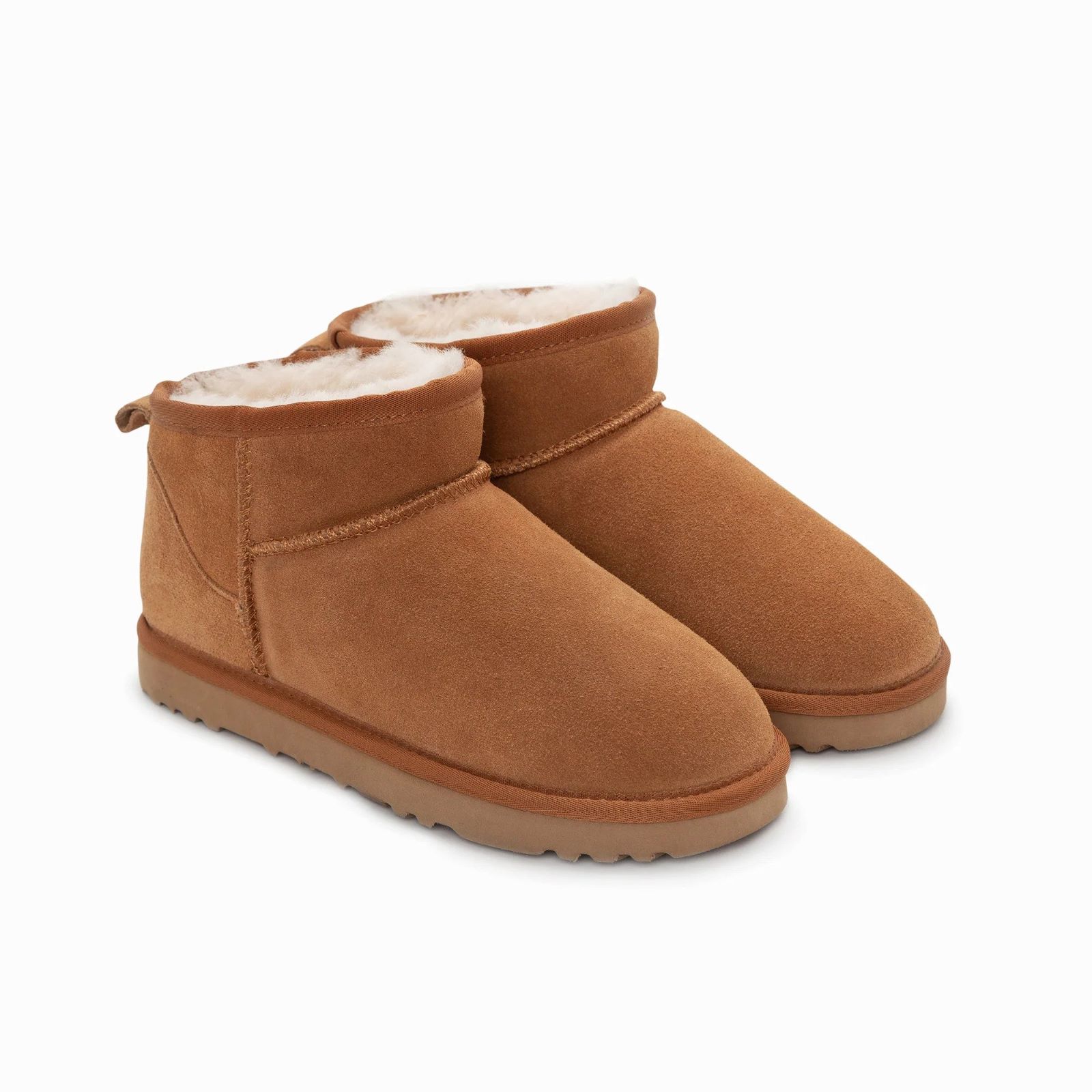
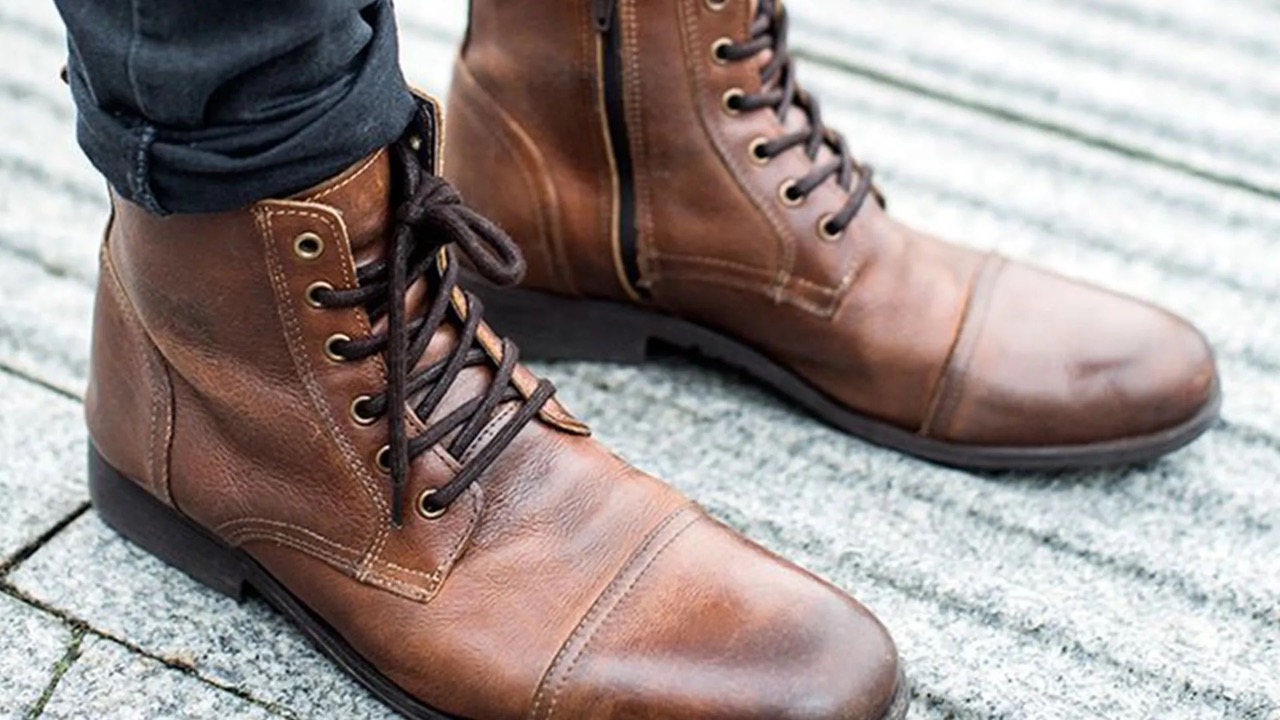
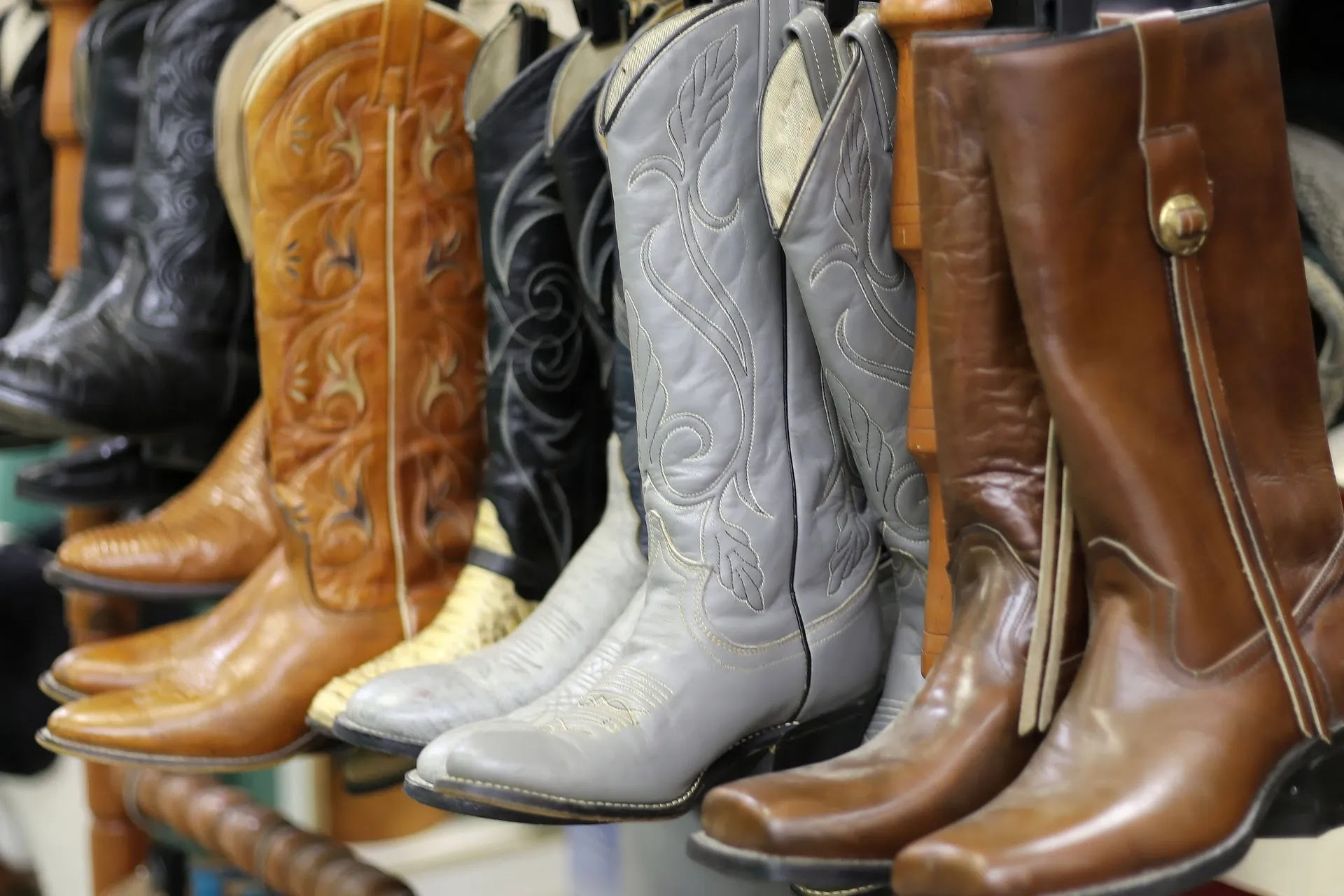

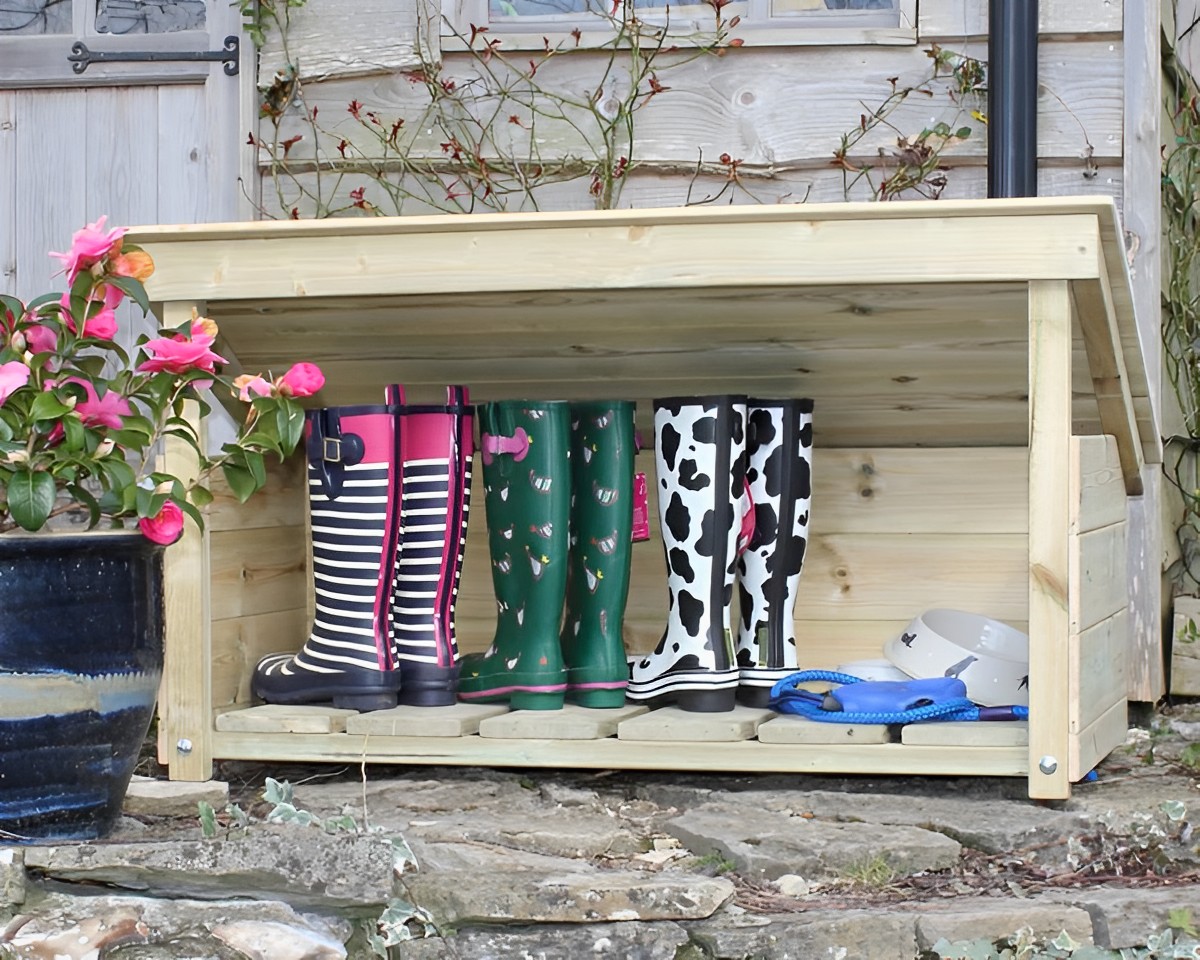
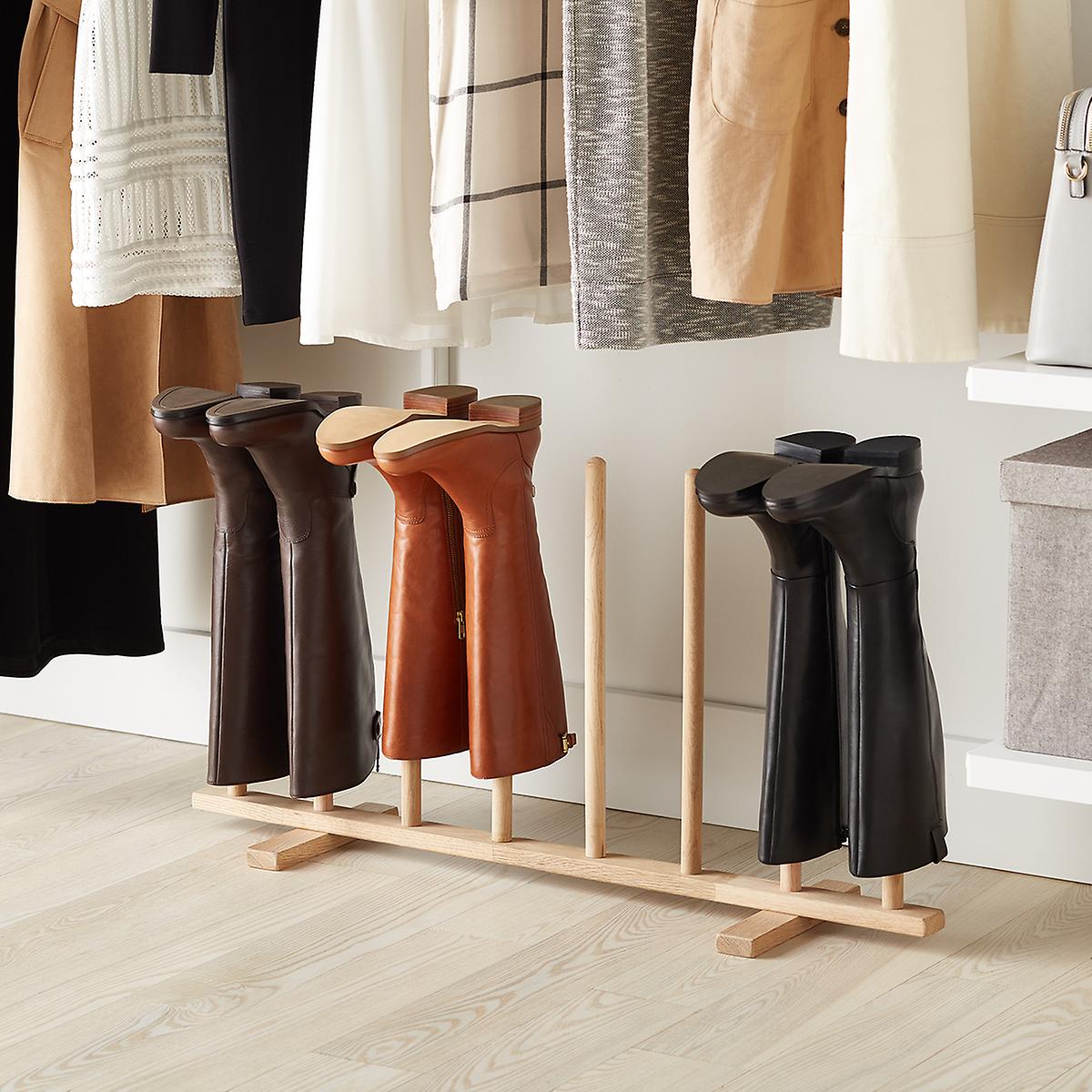
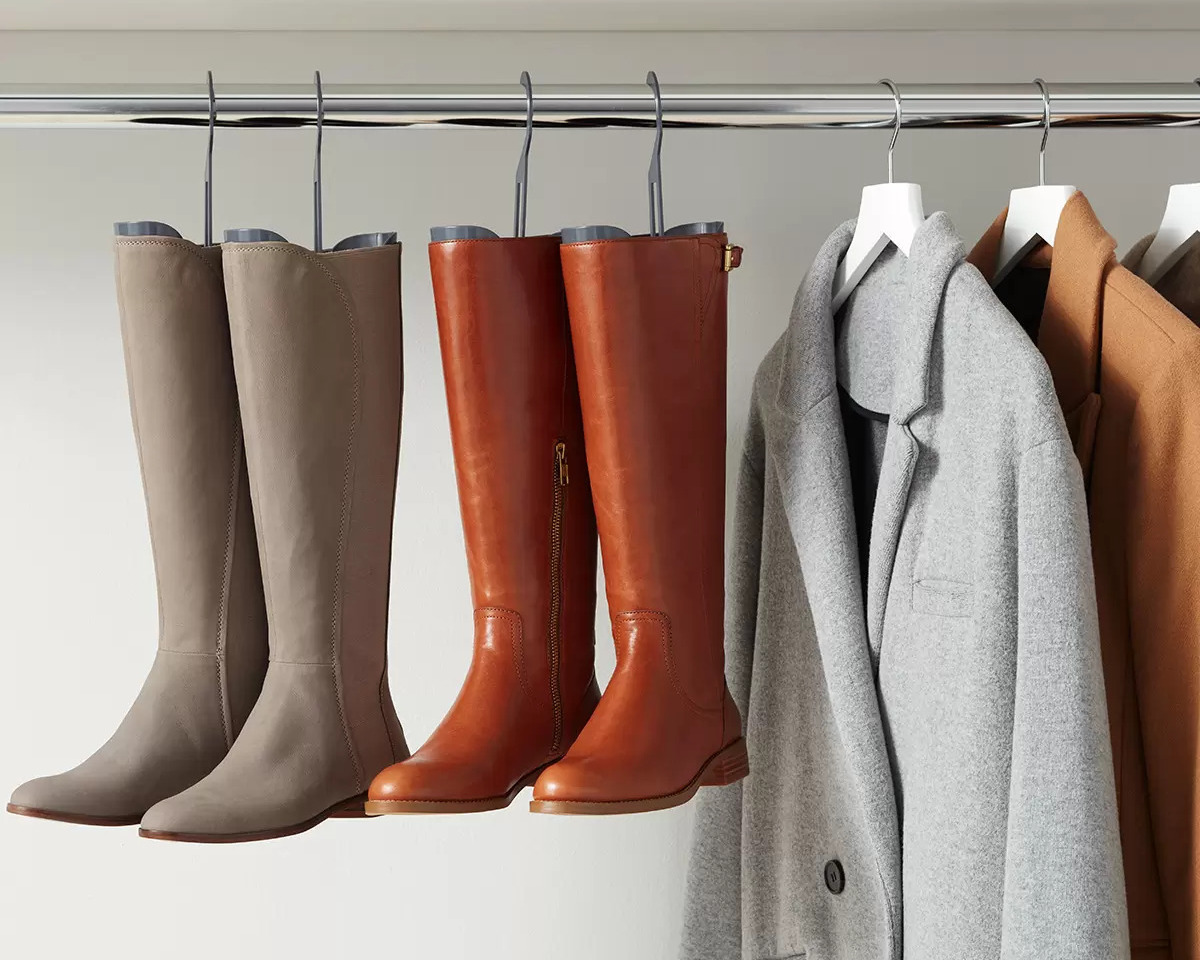
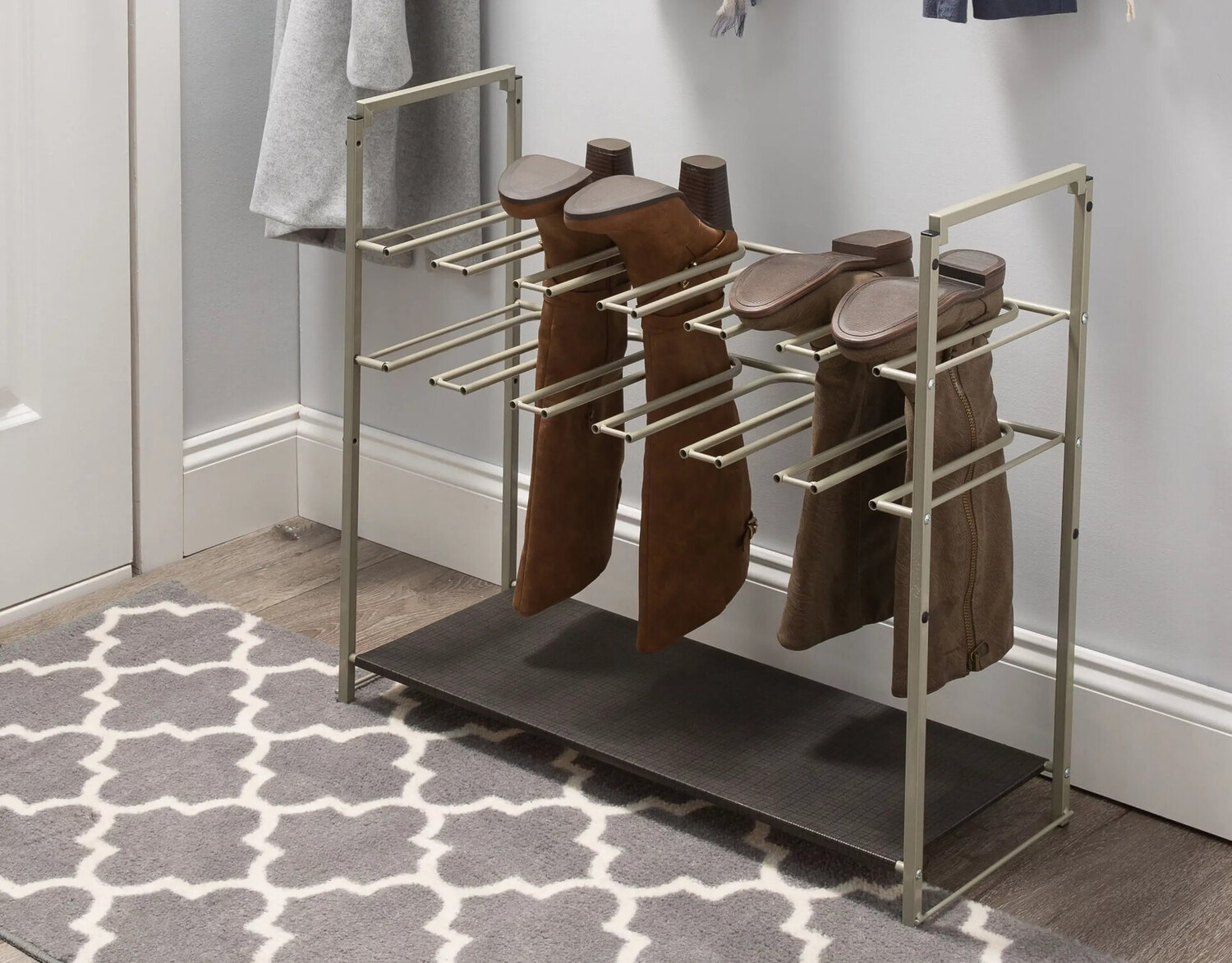
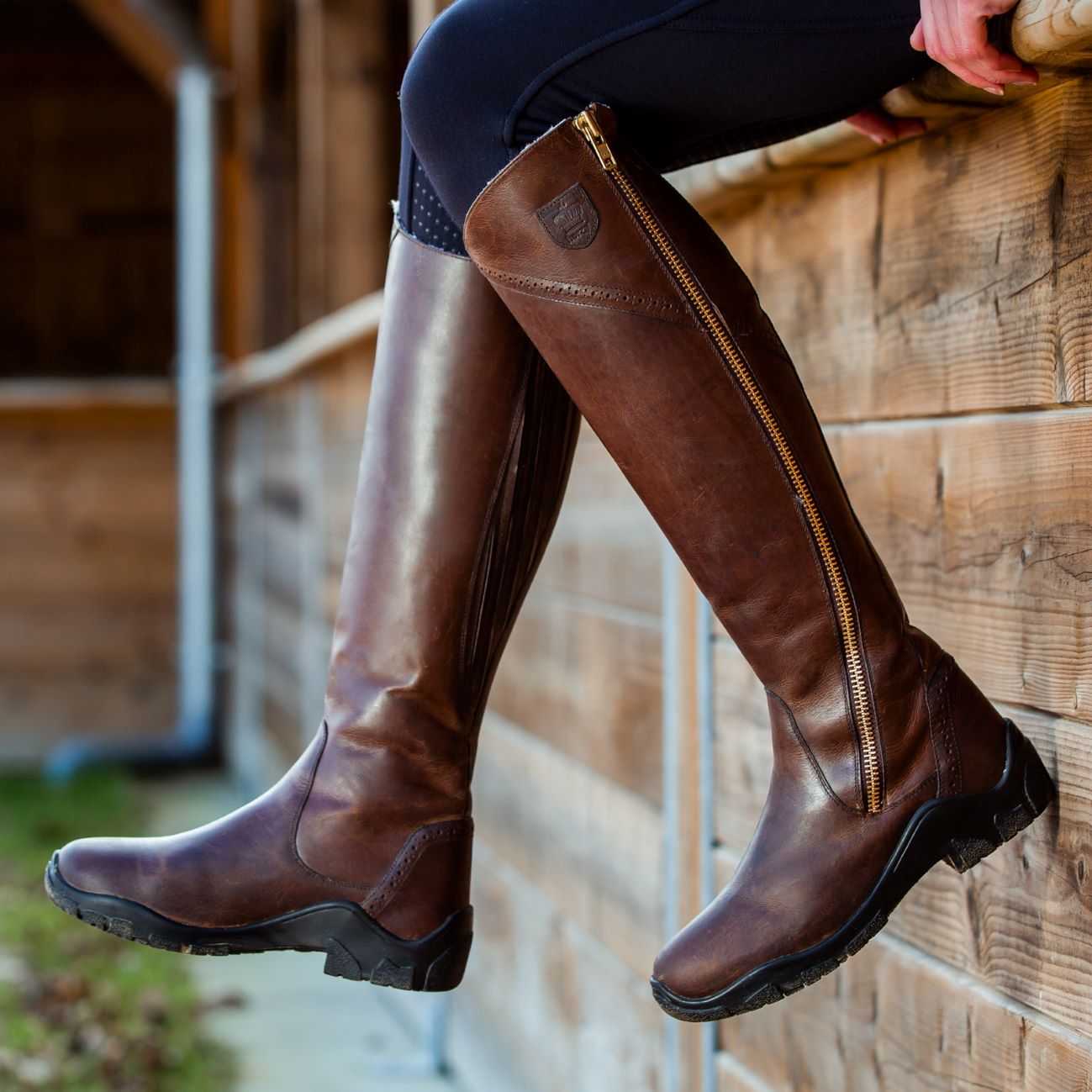
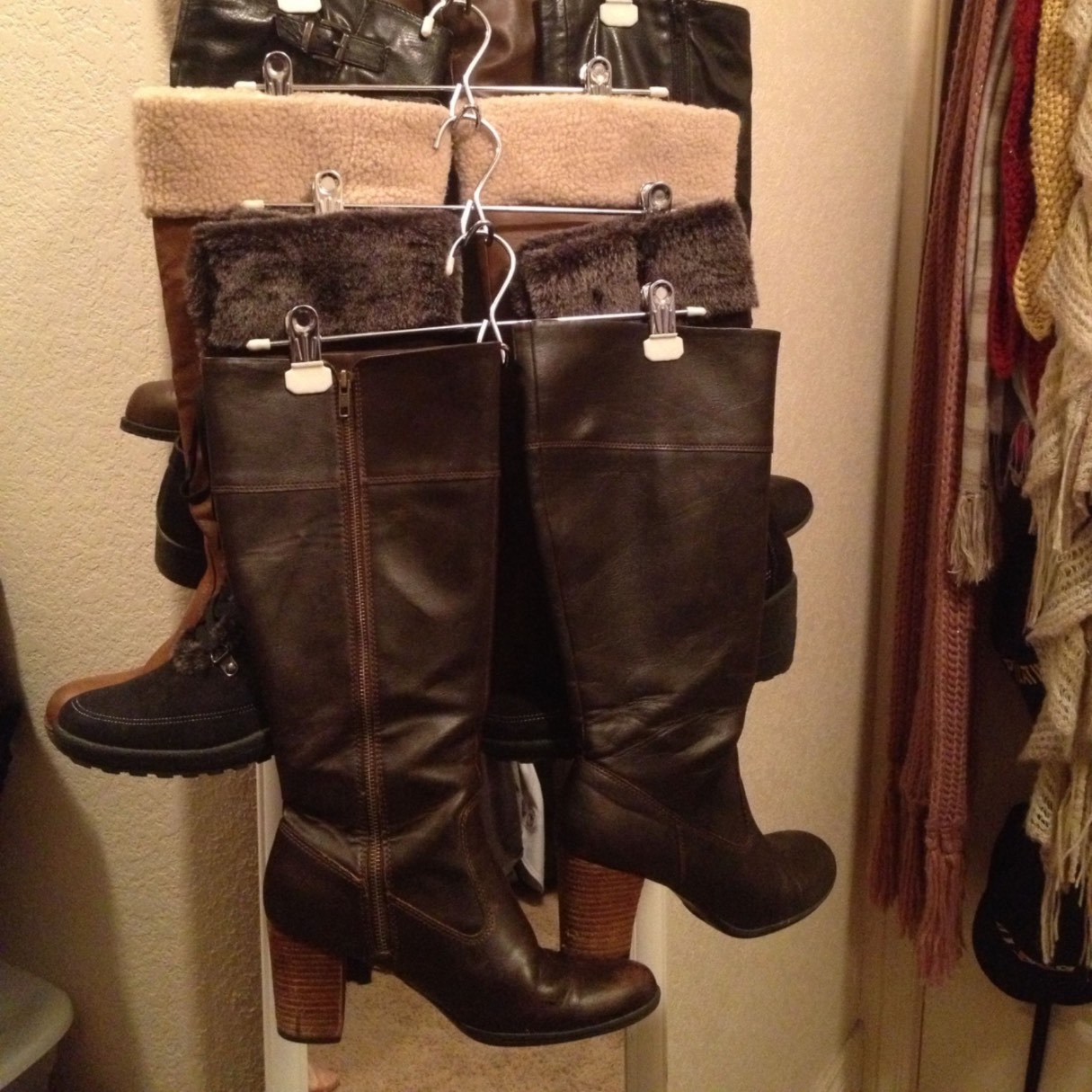
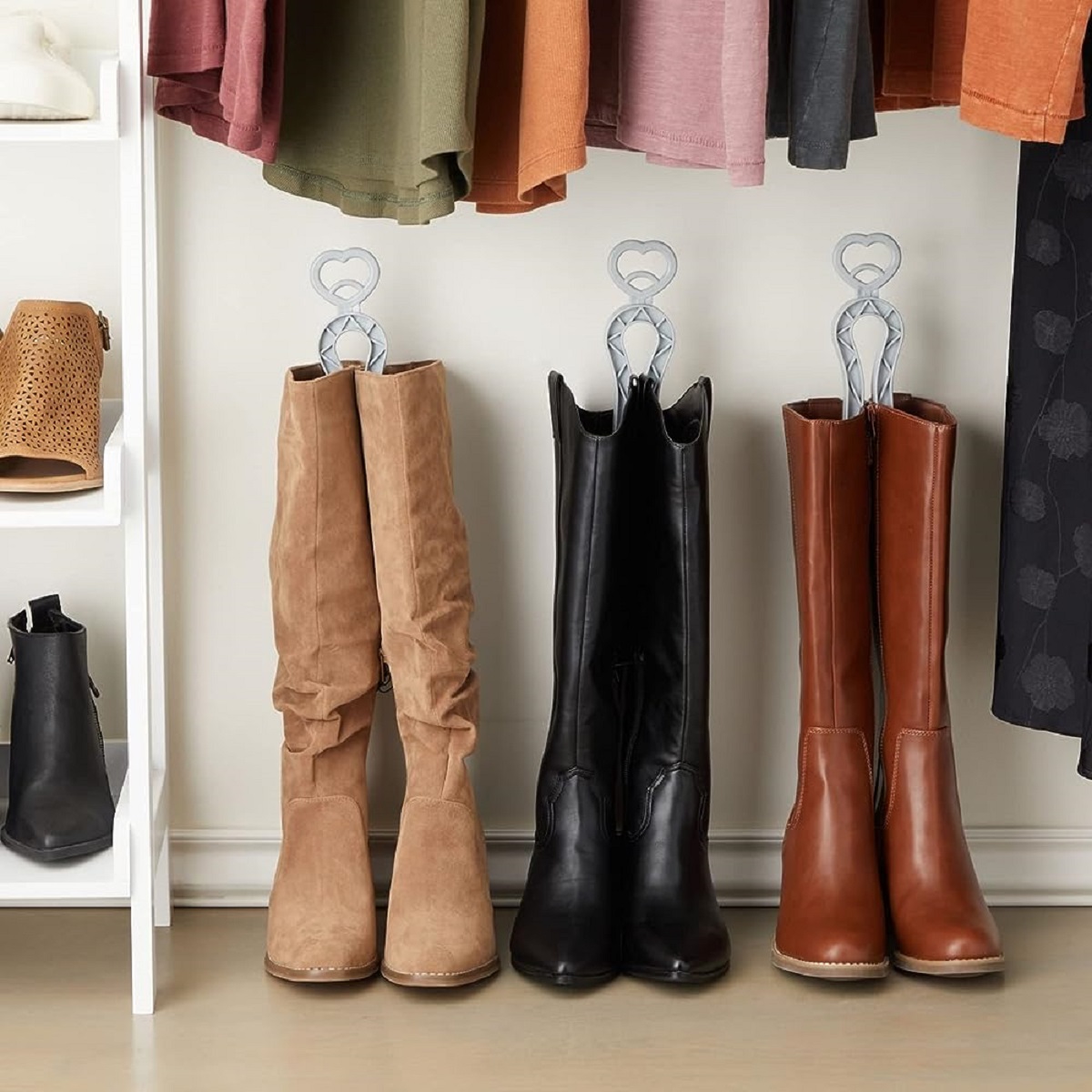
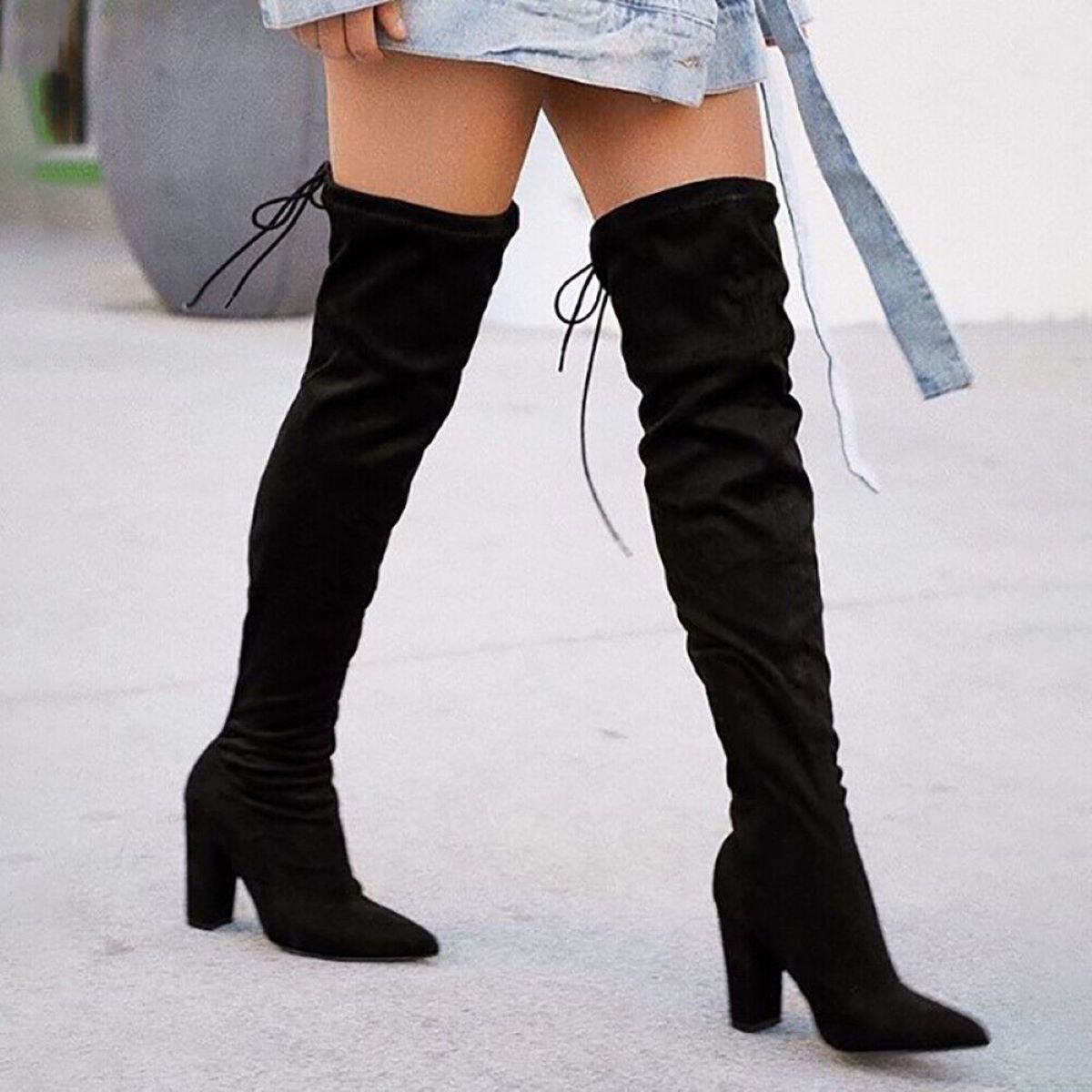


0 thoughts on “How To Store Boots In Closet”